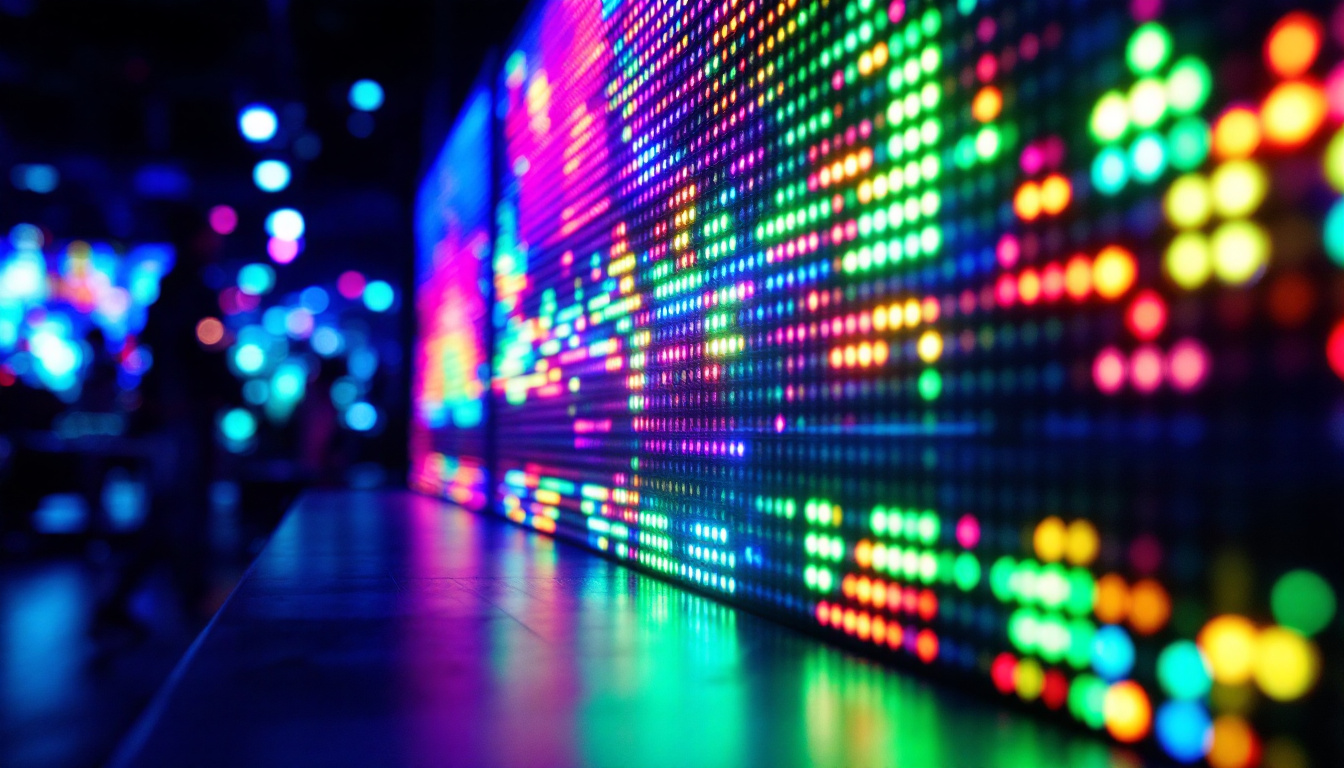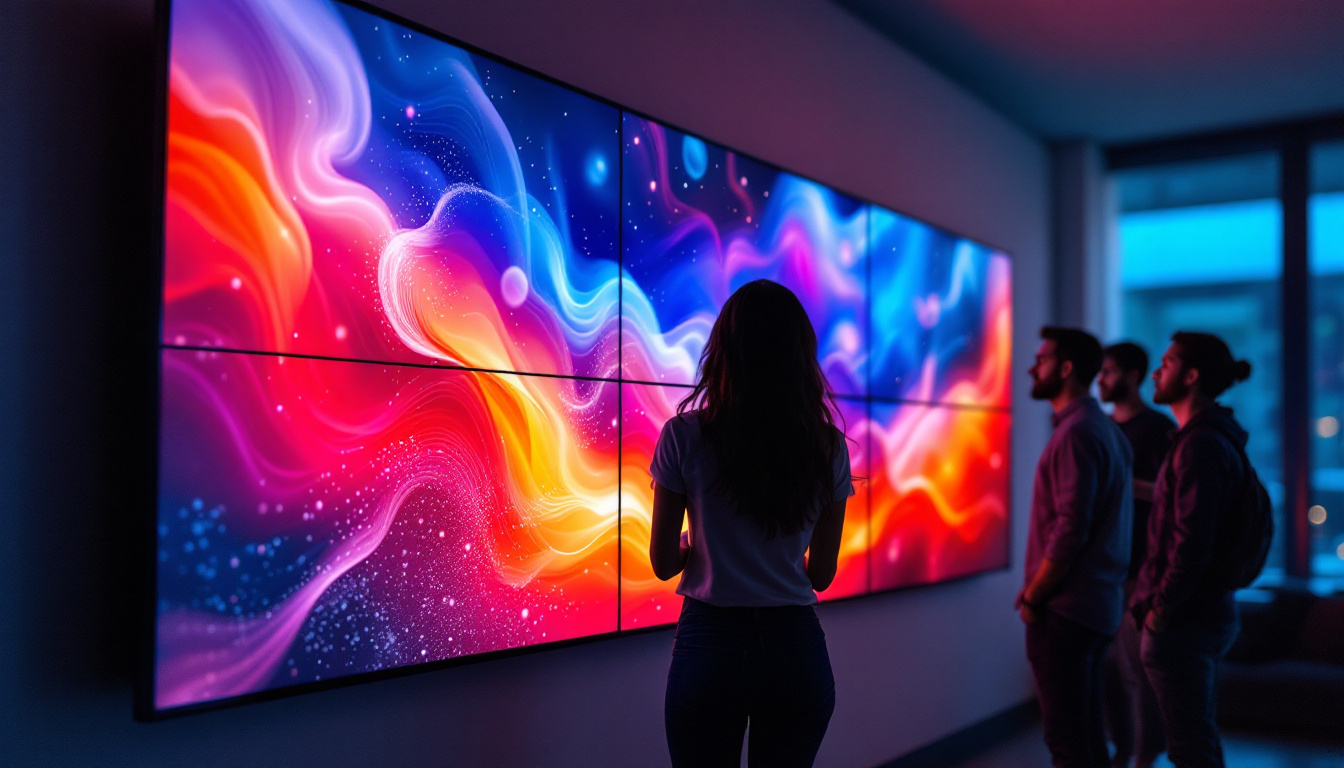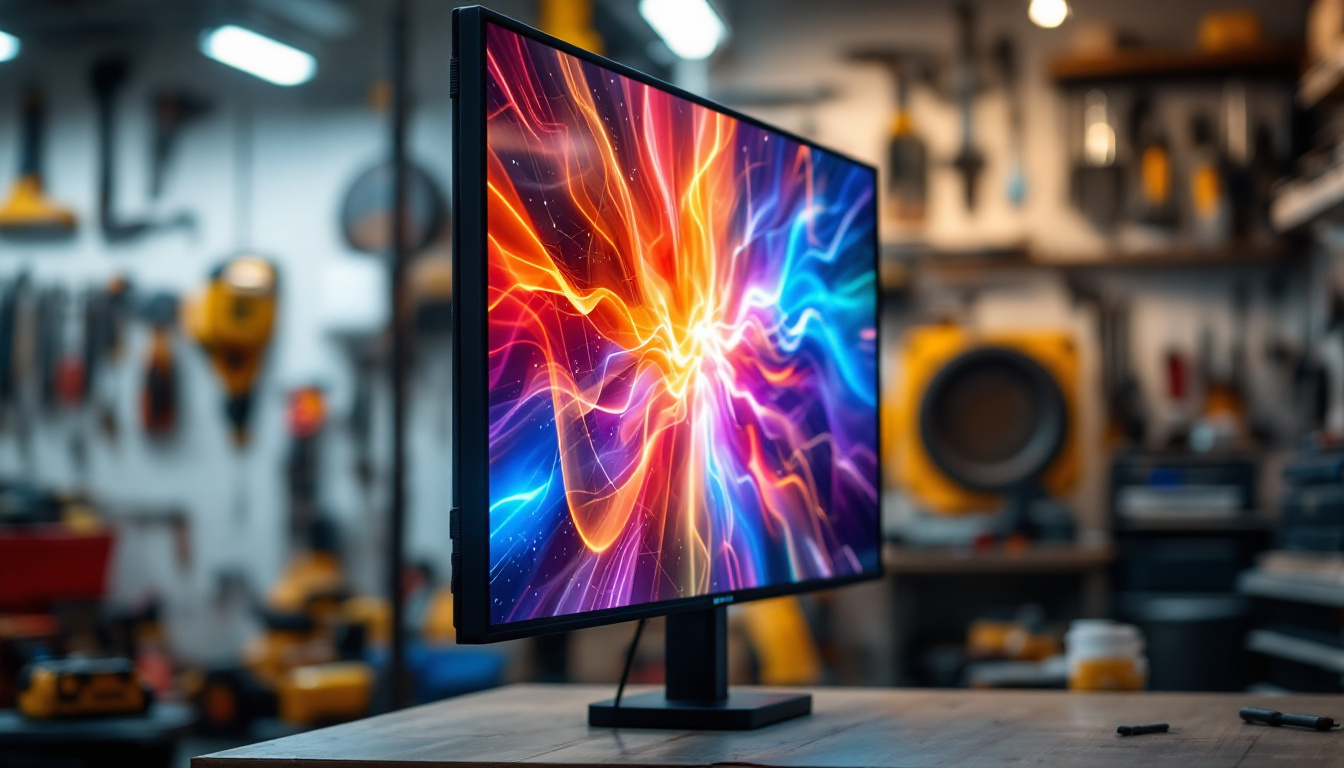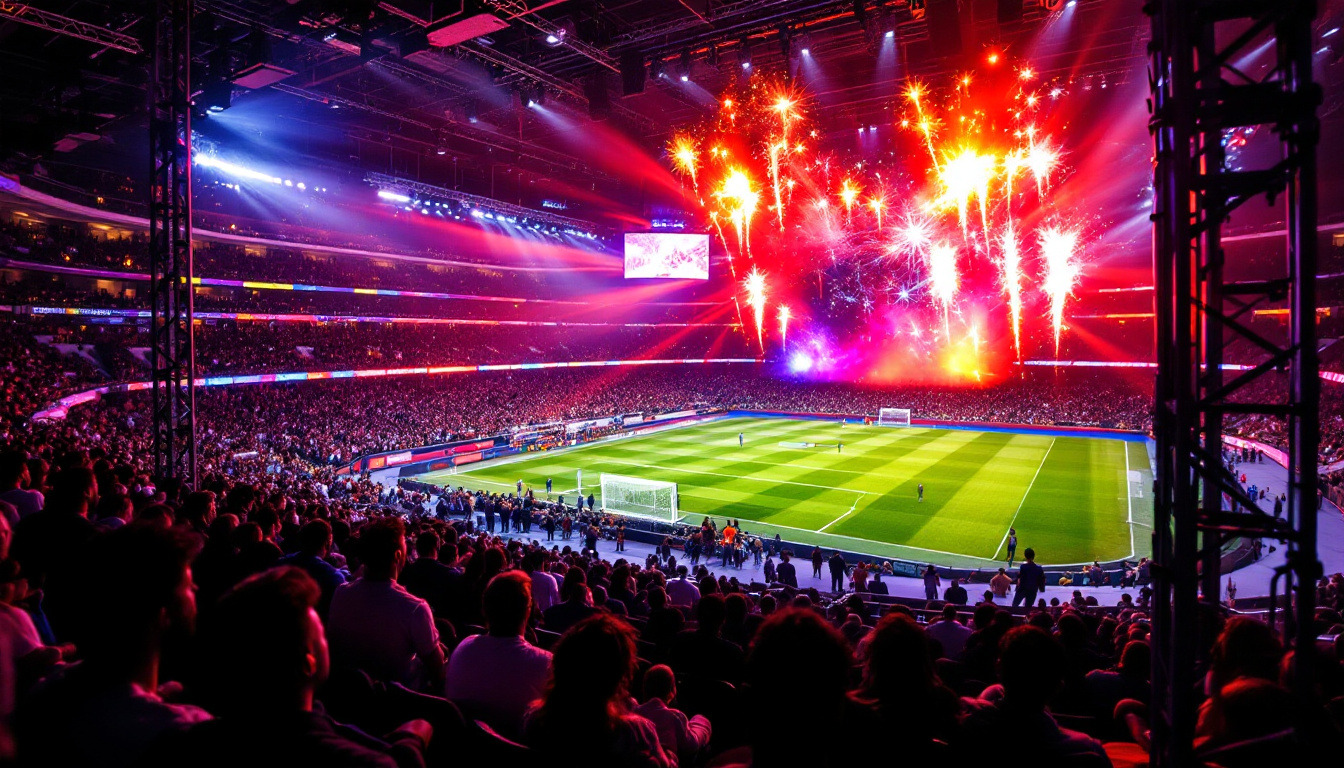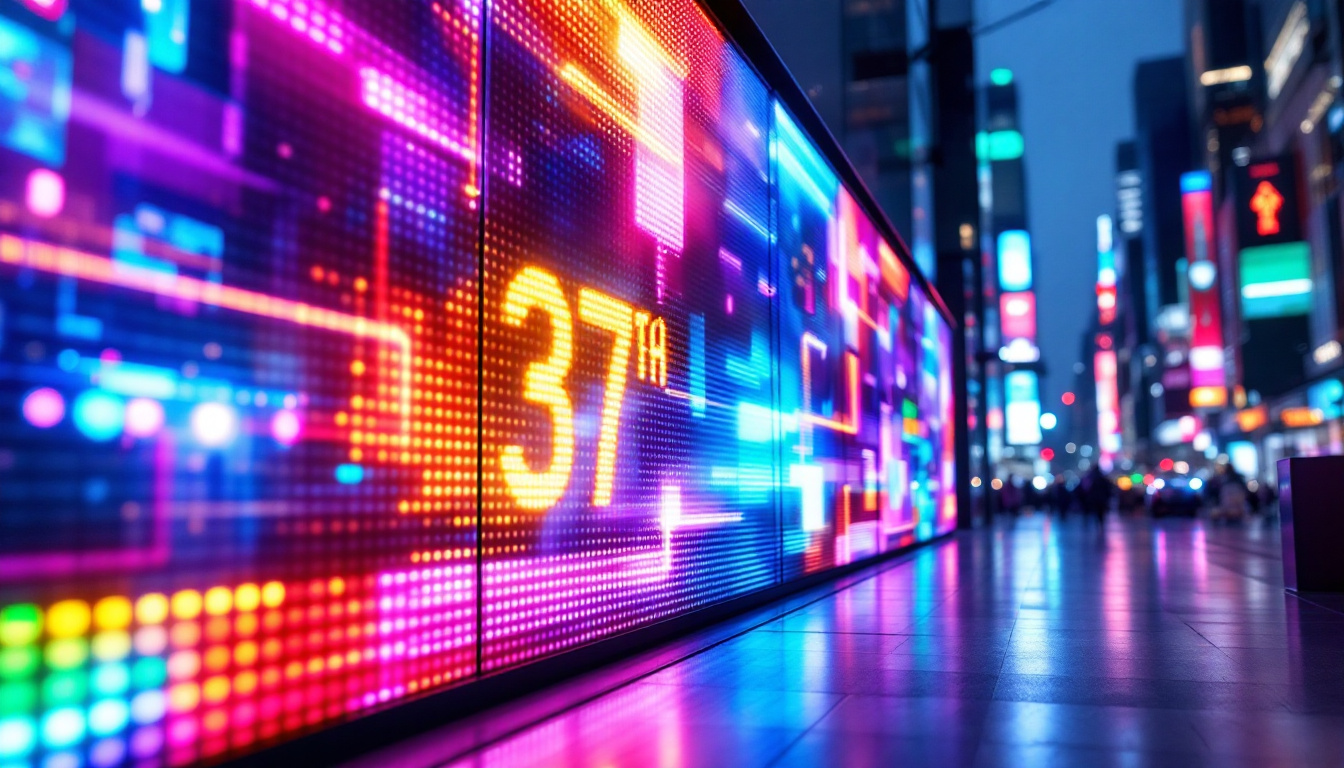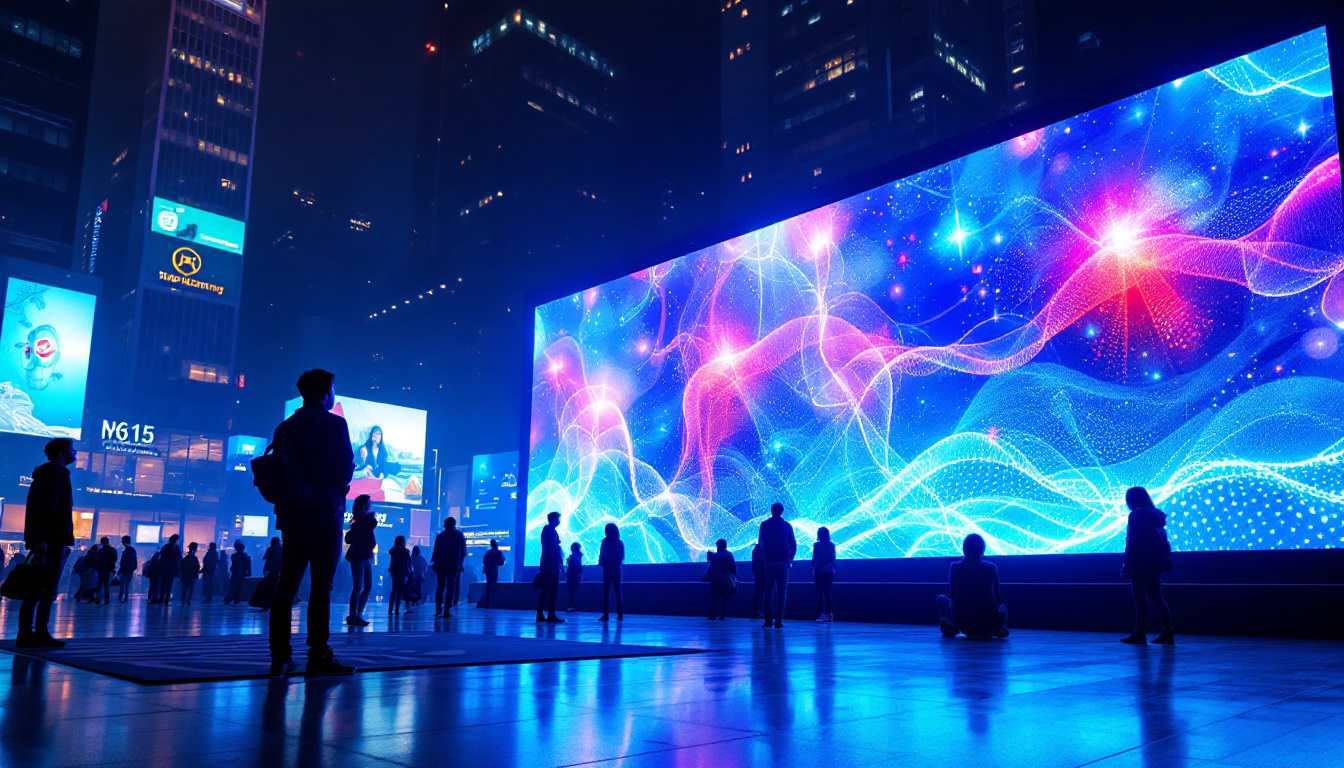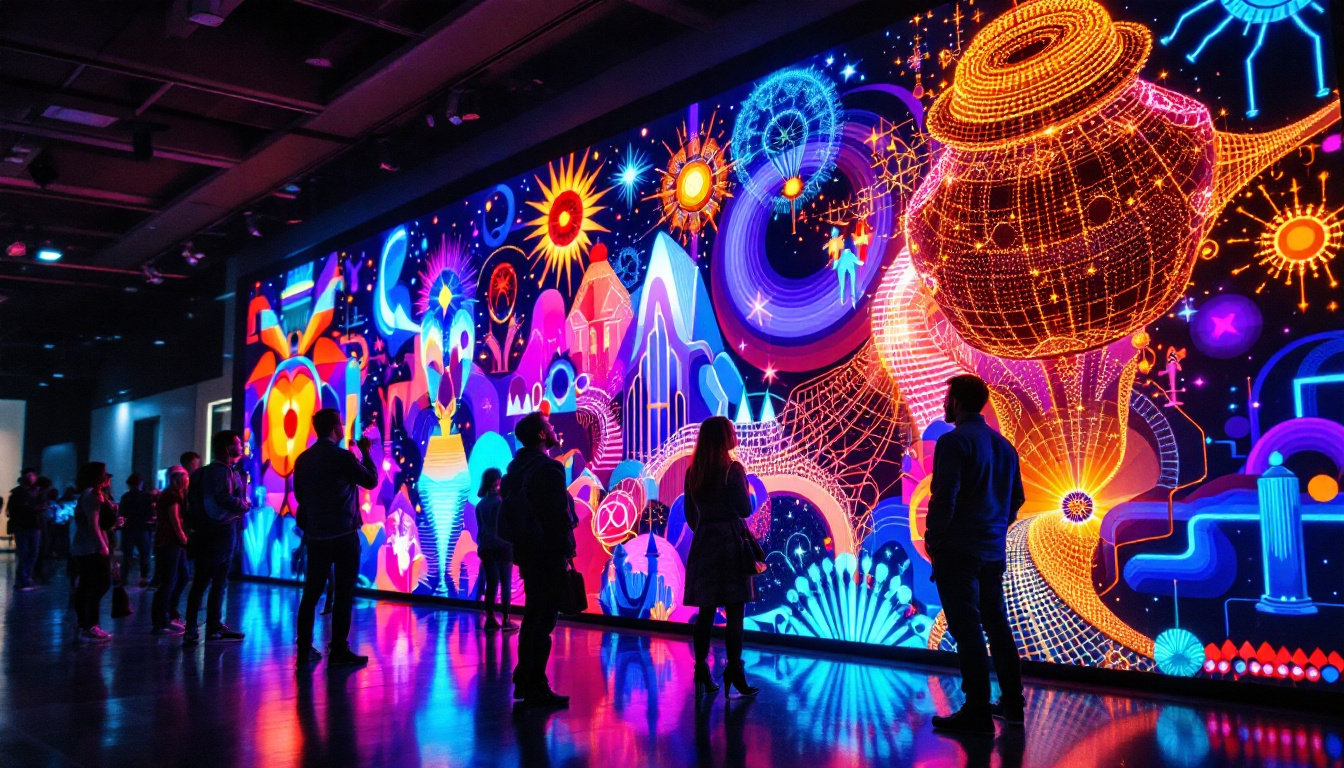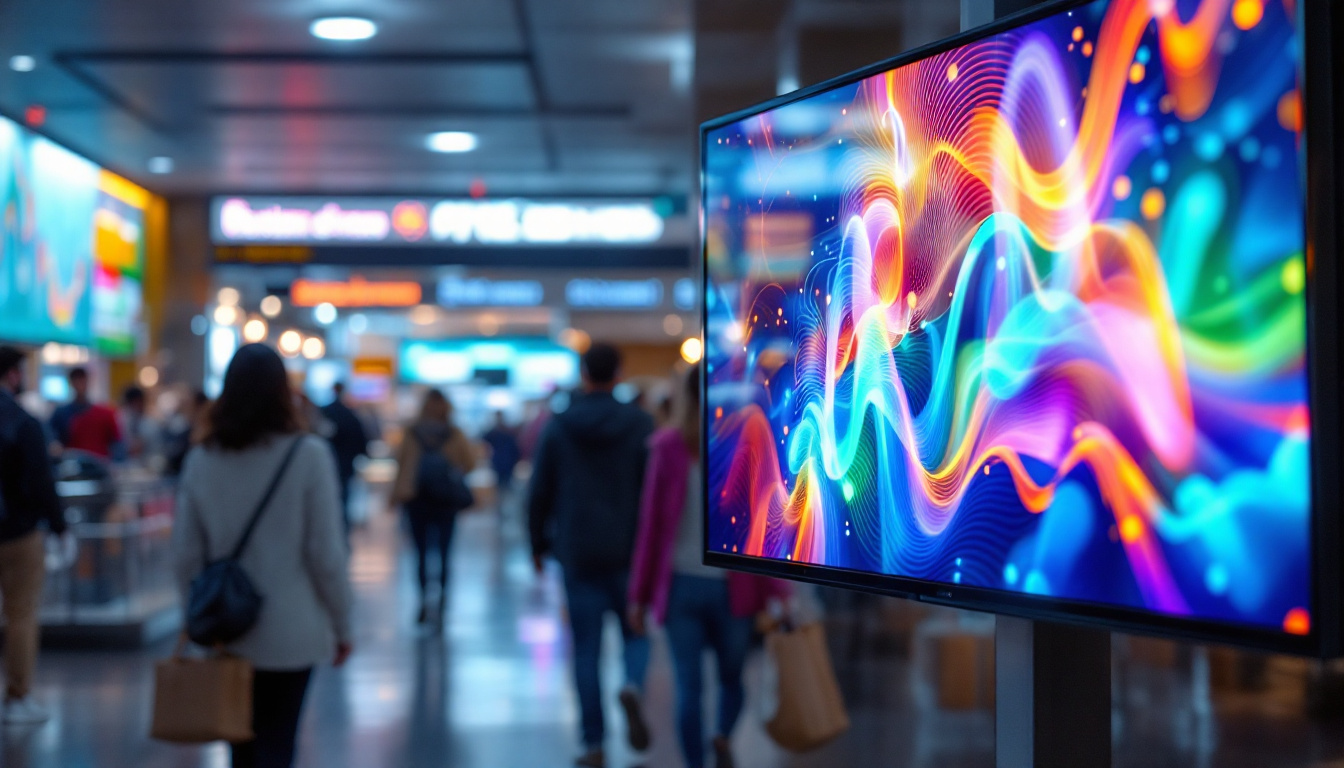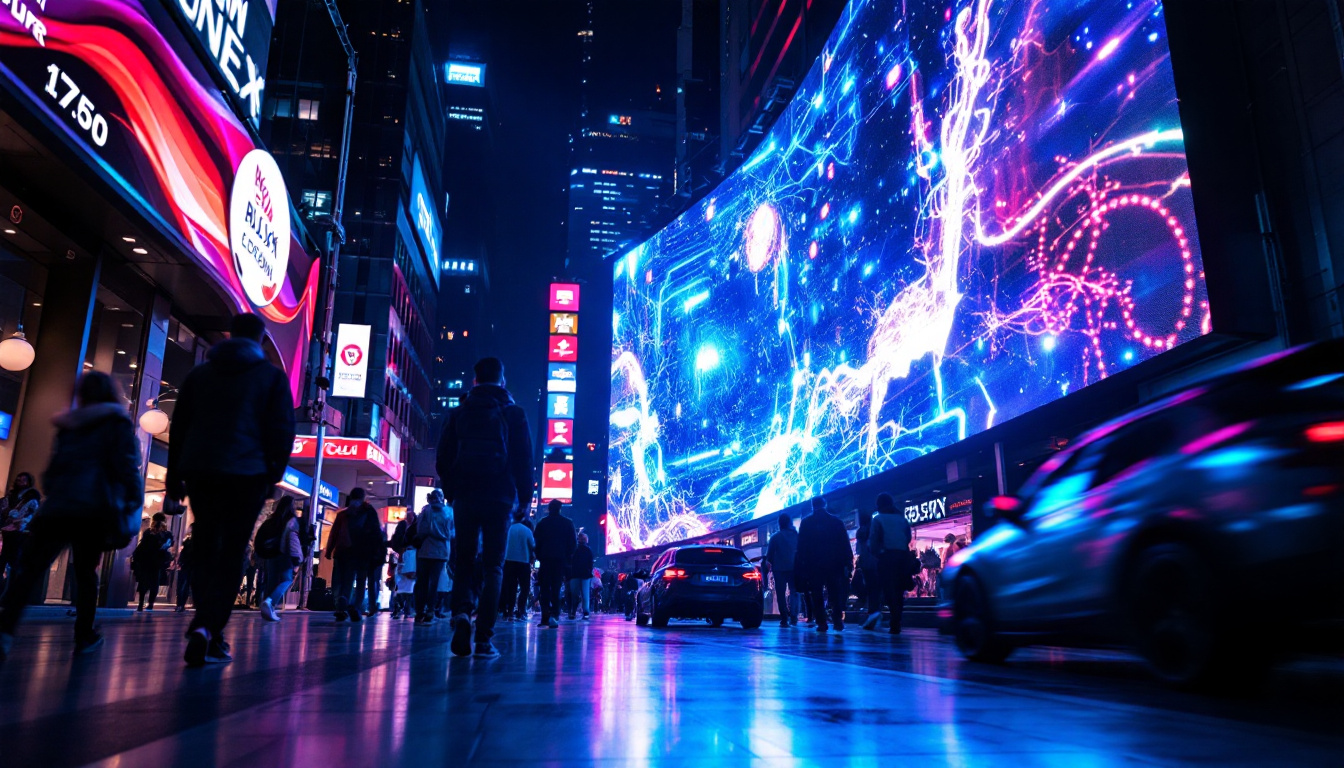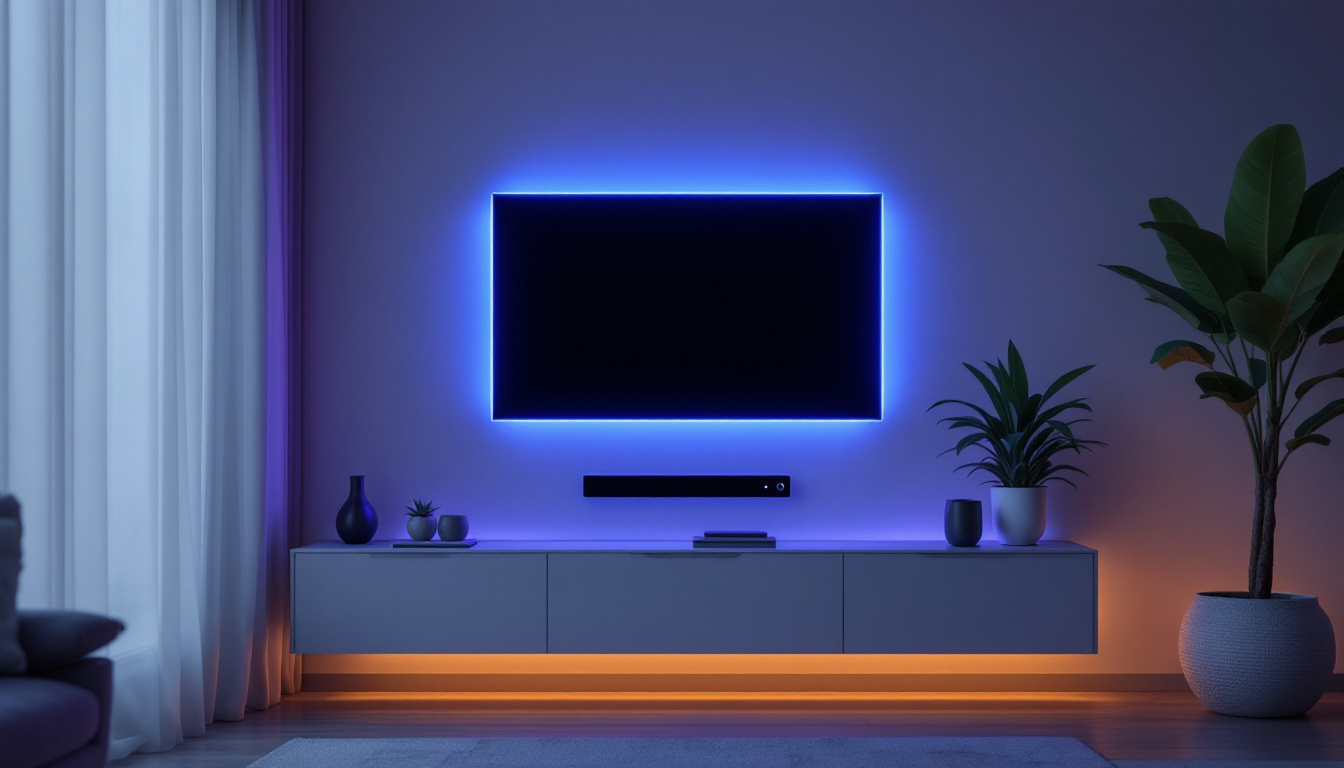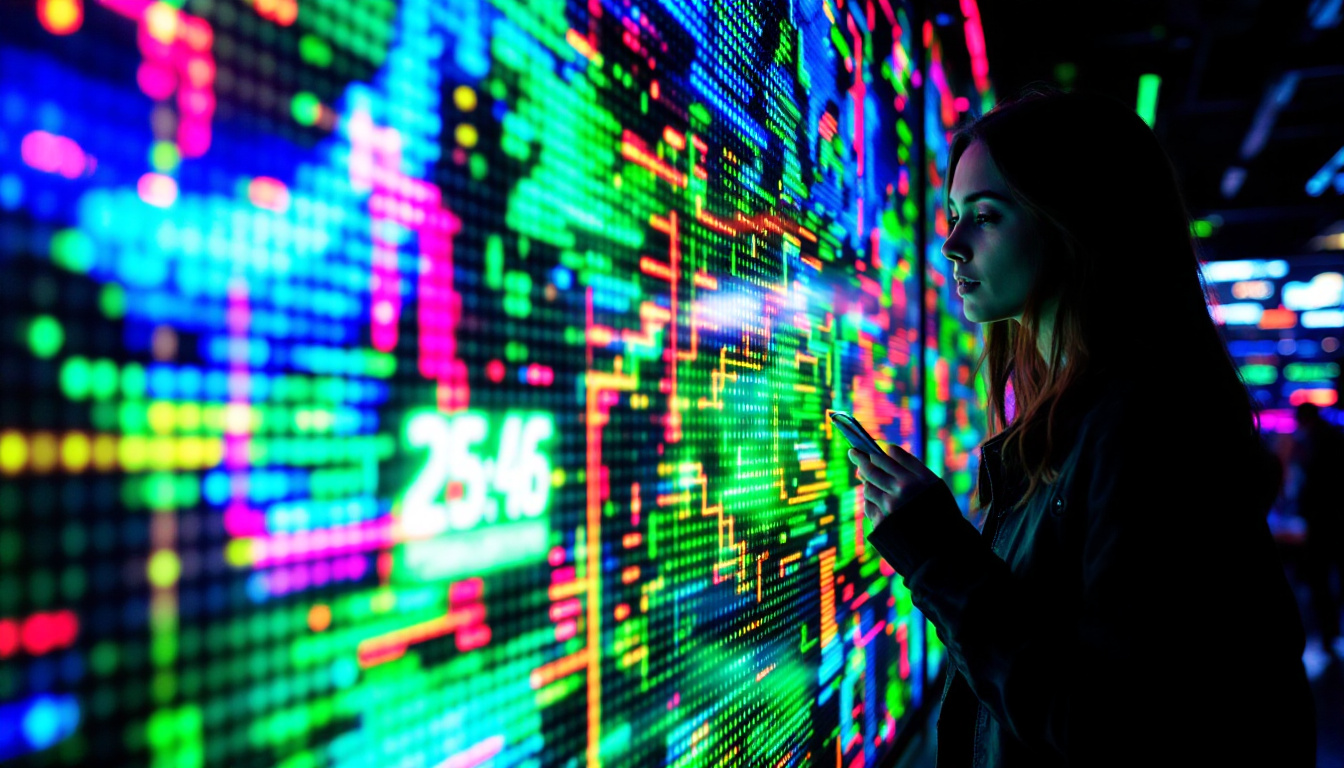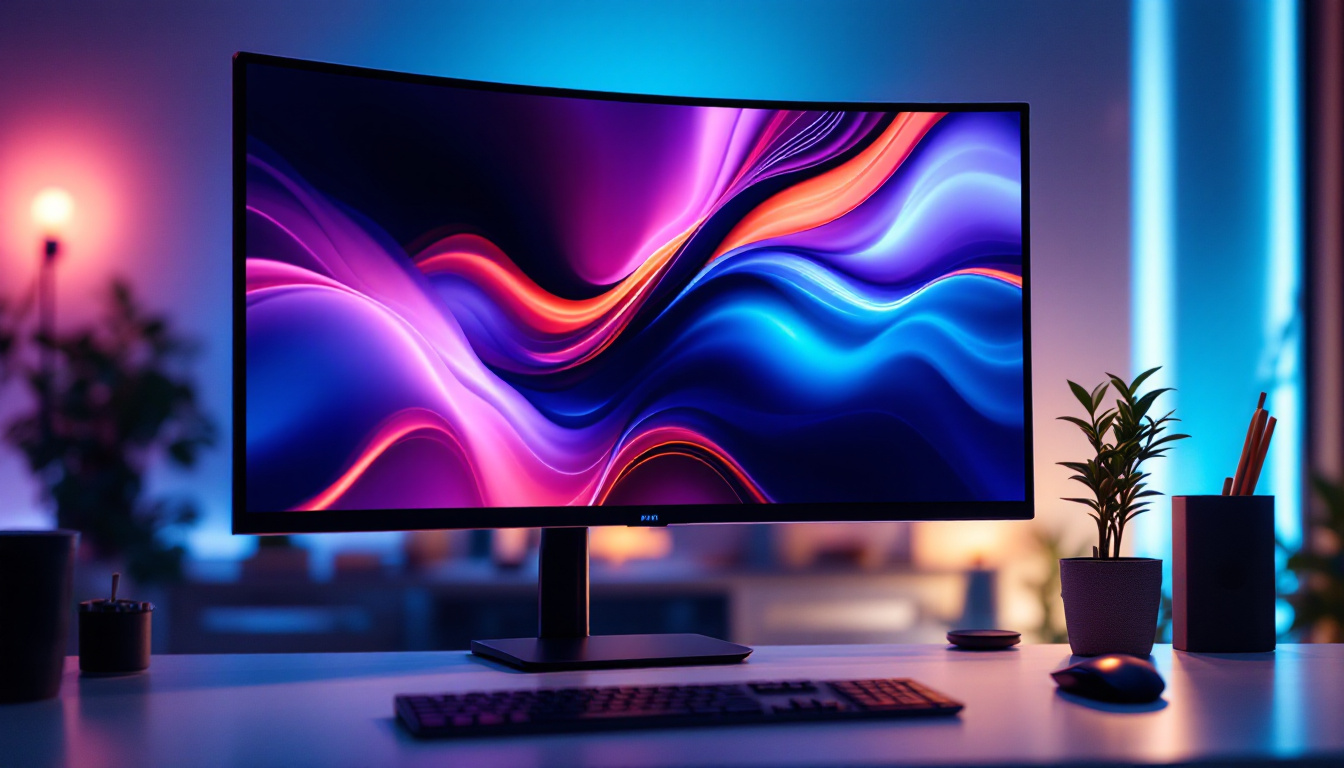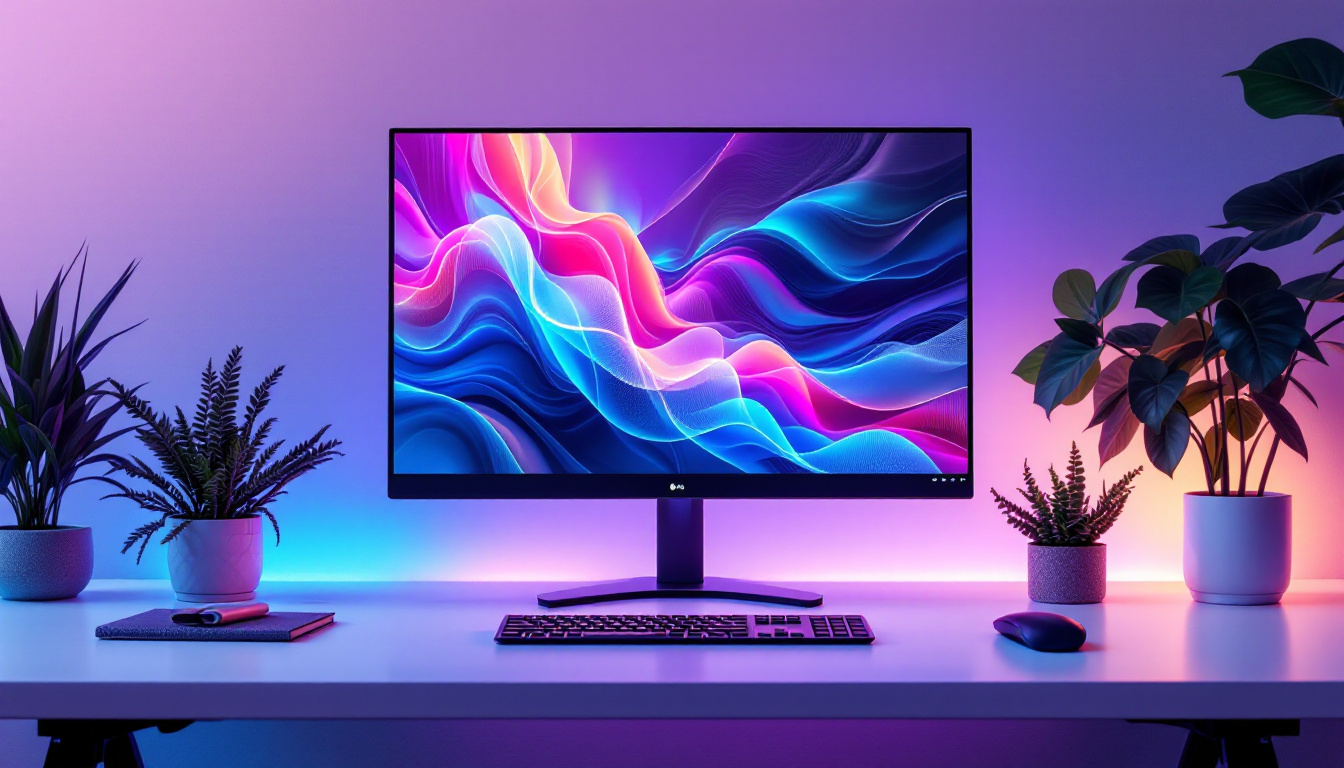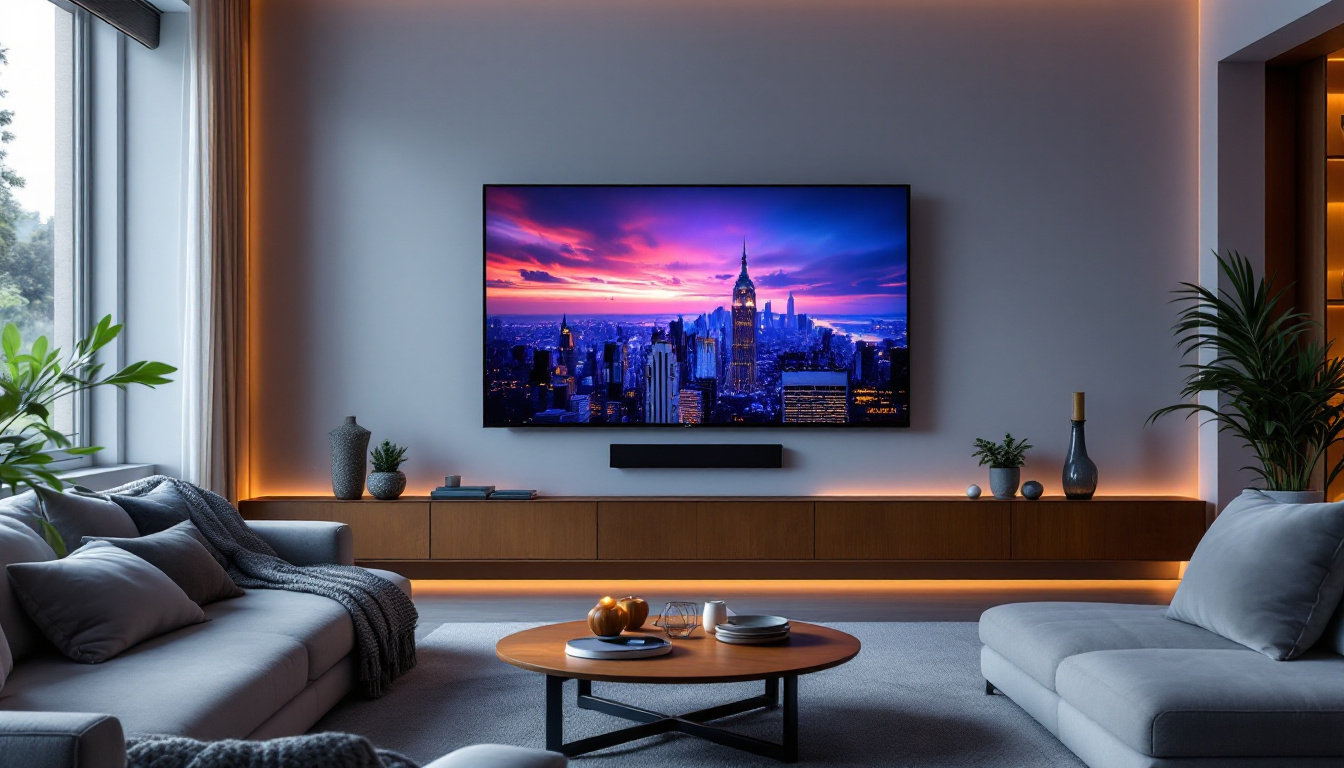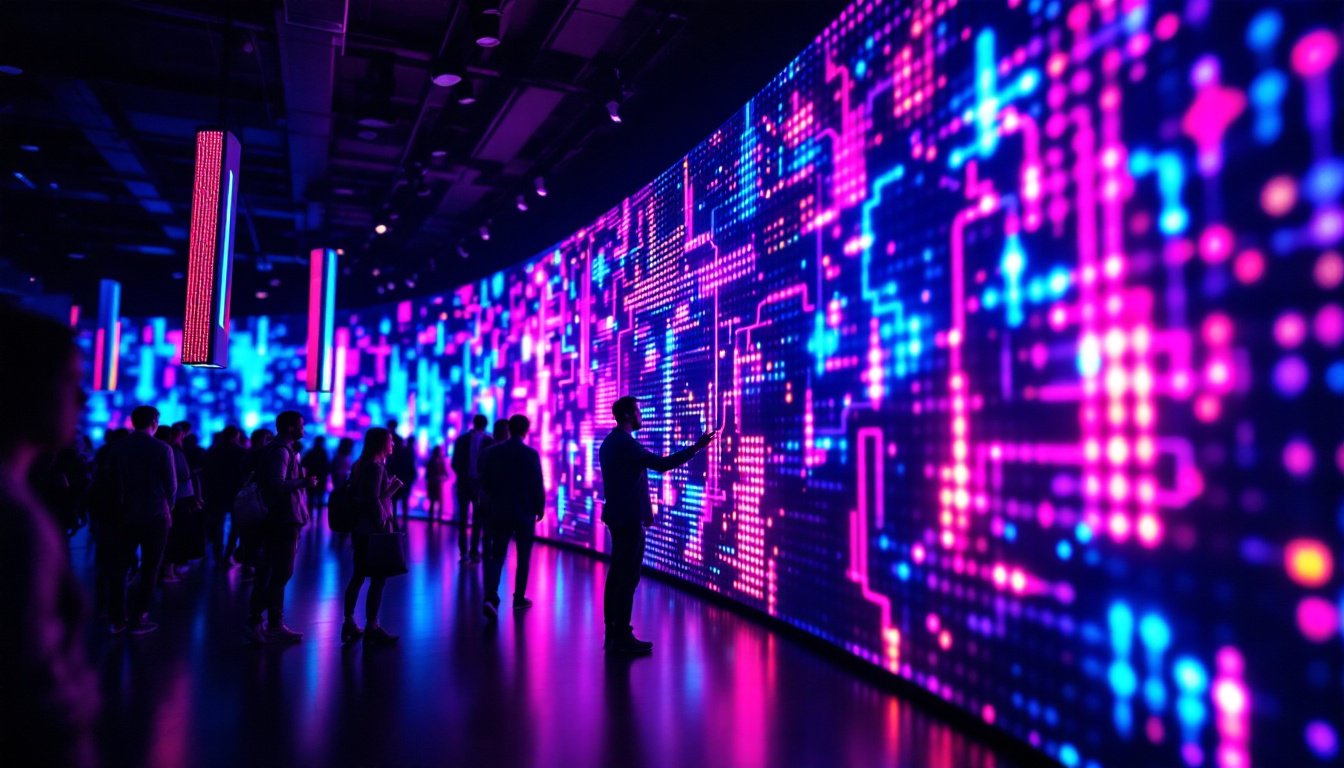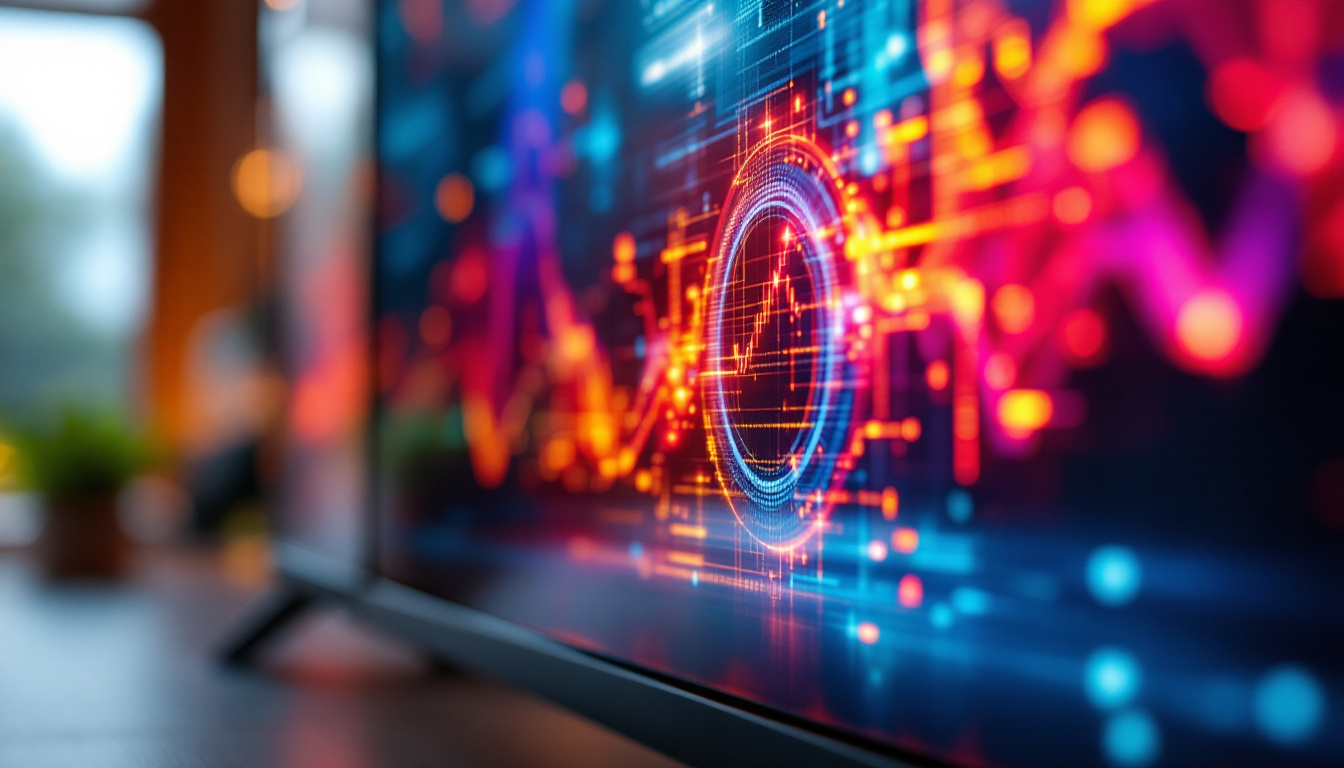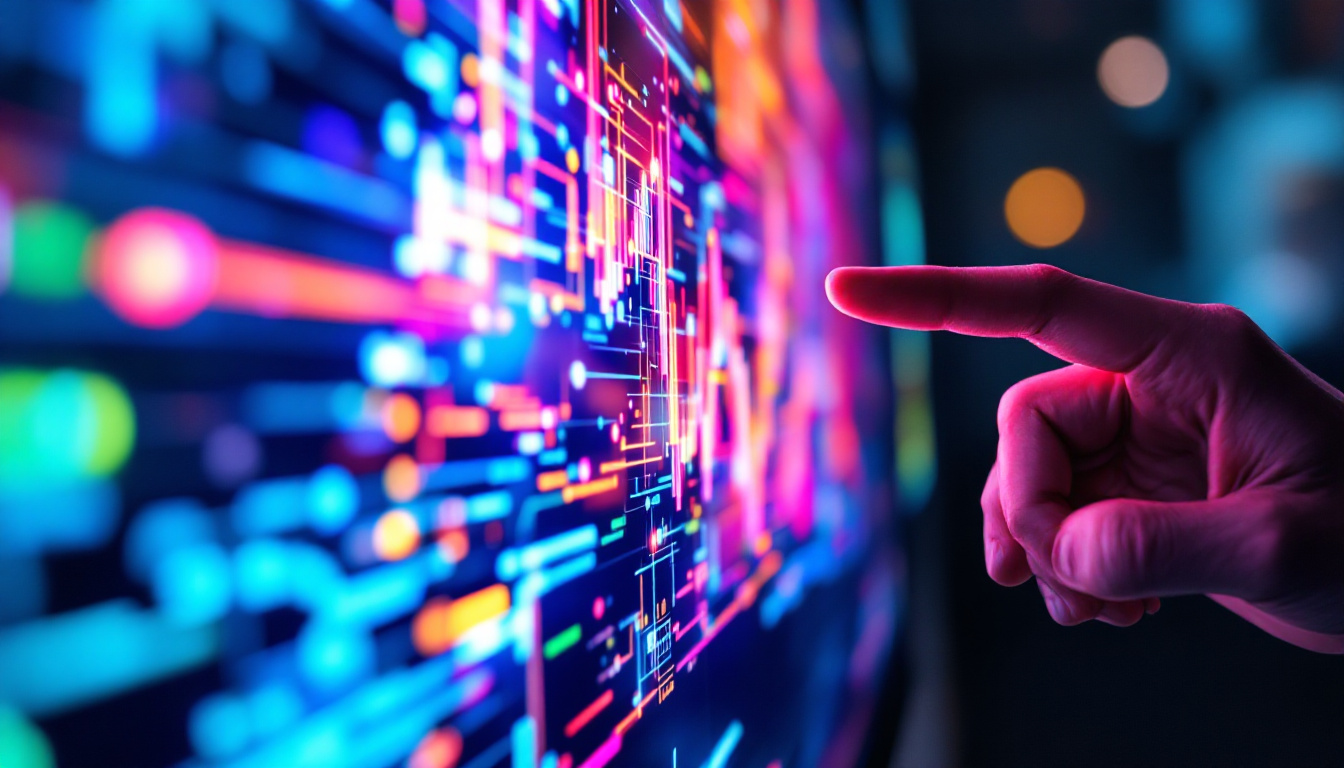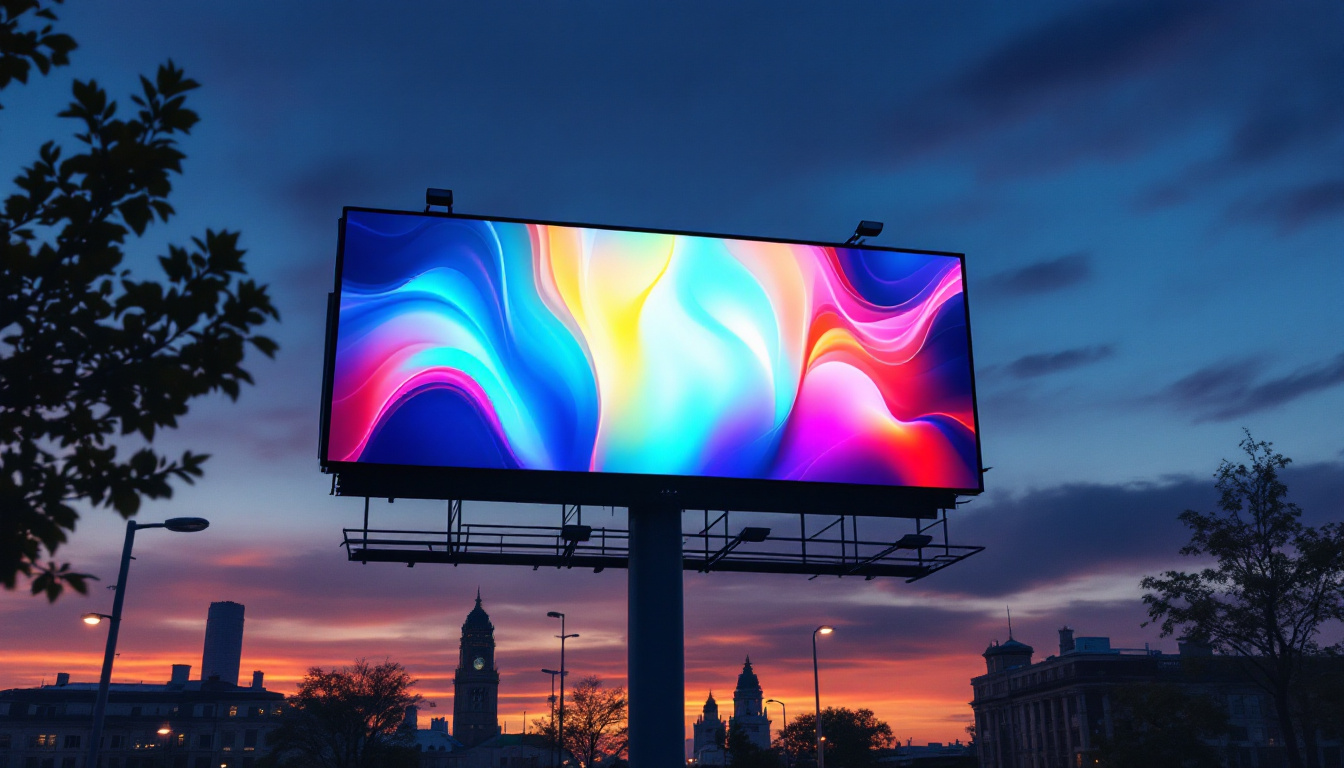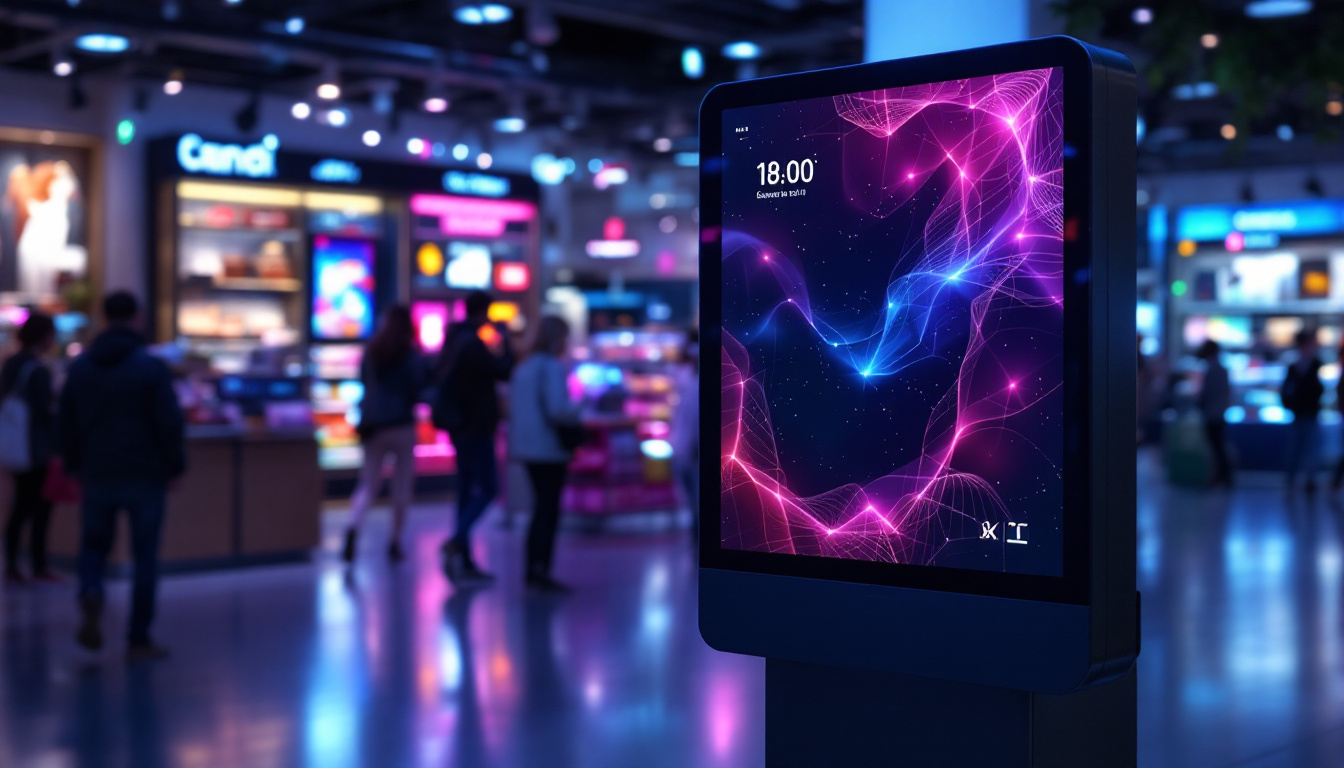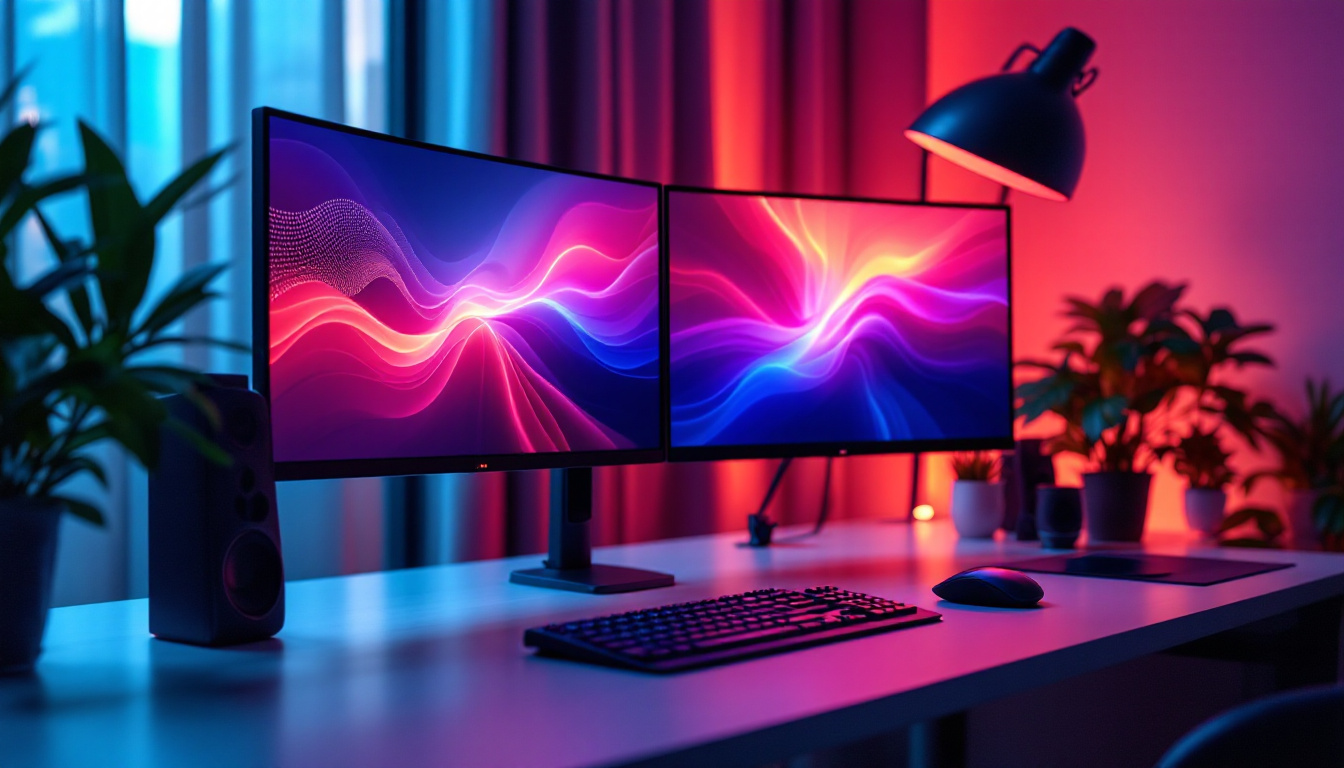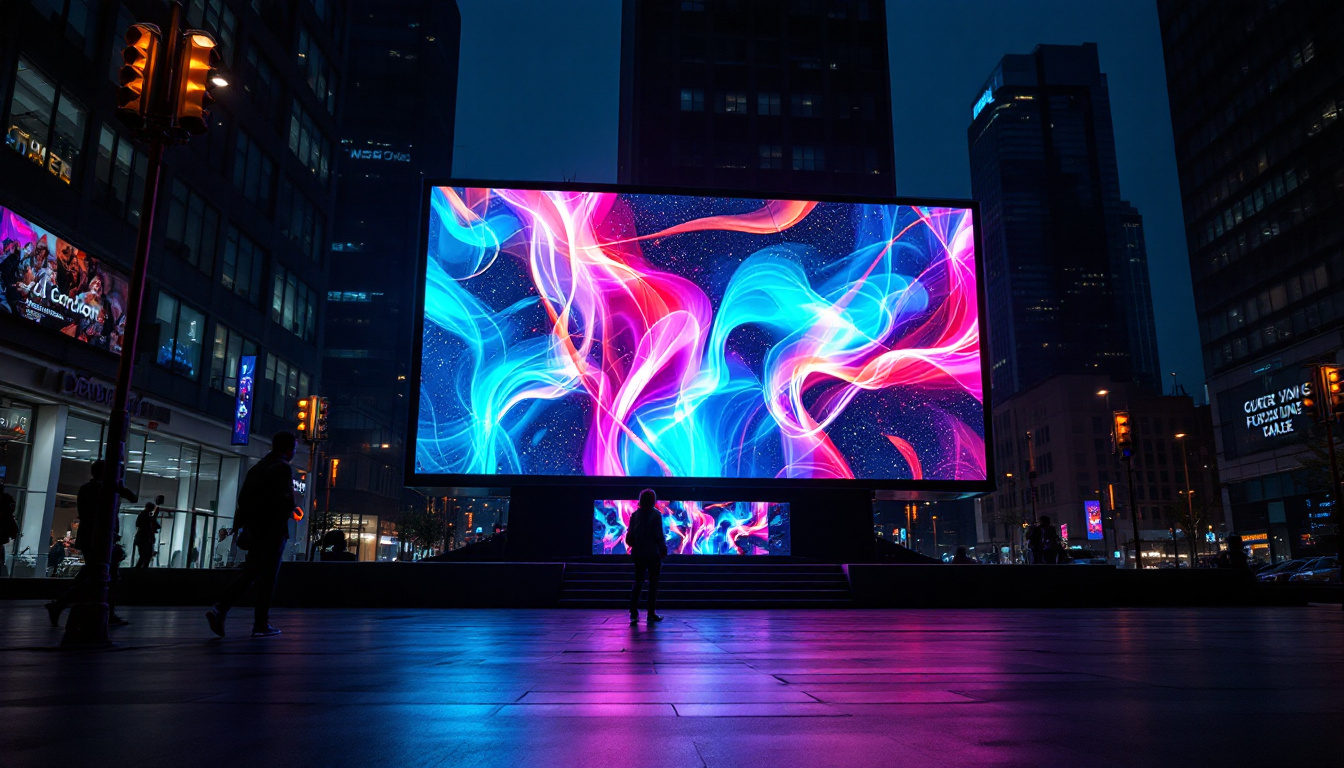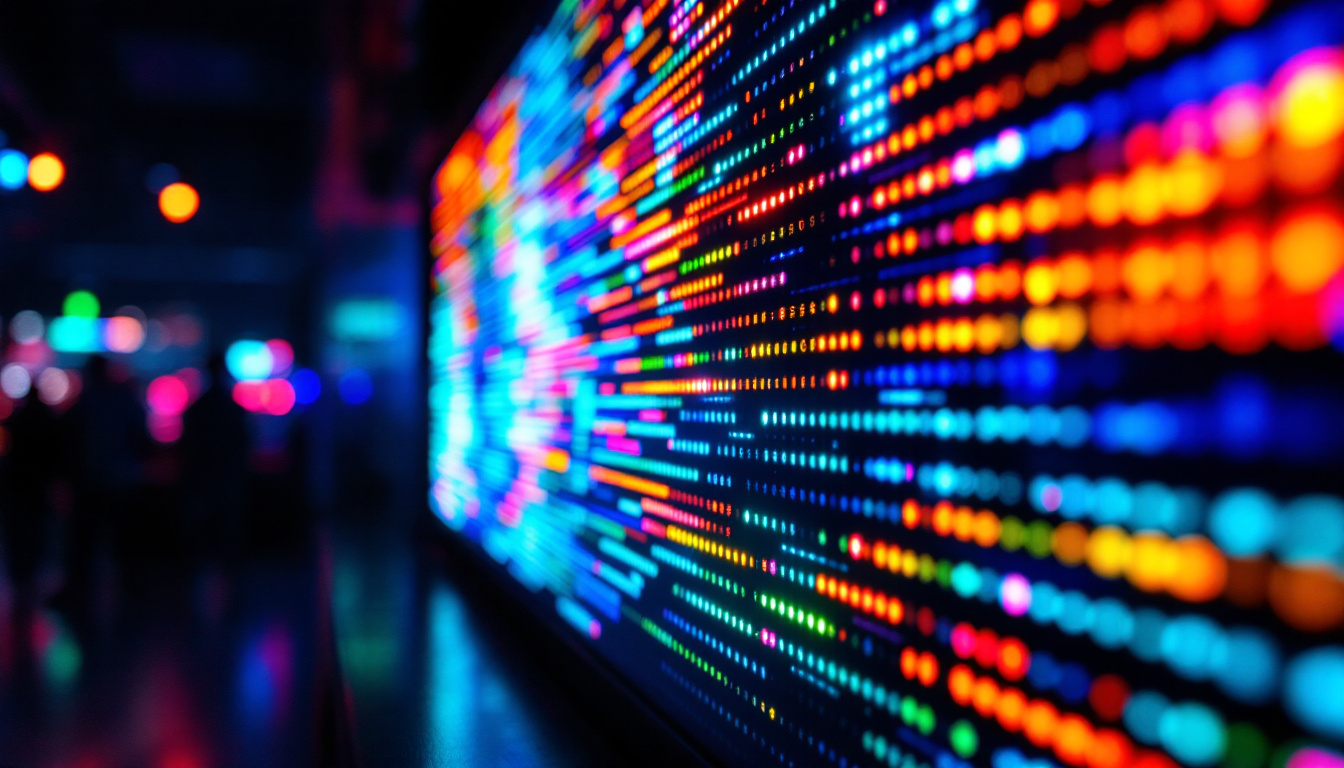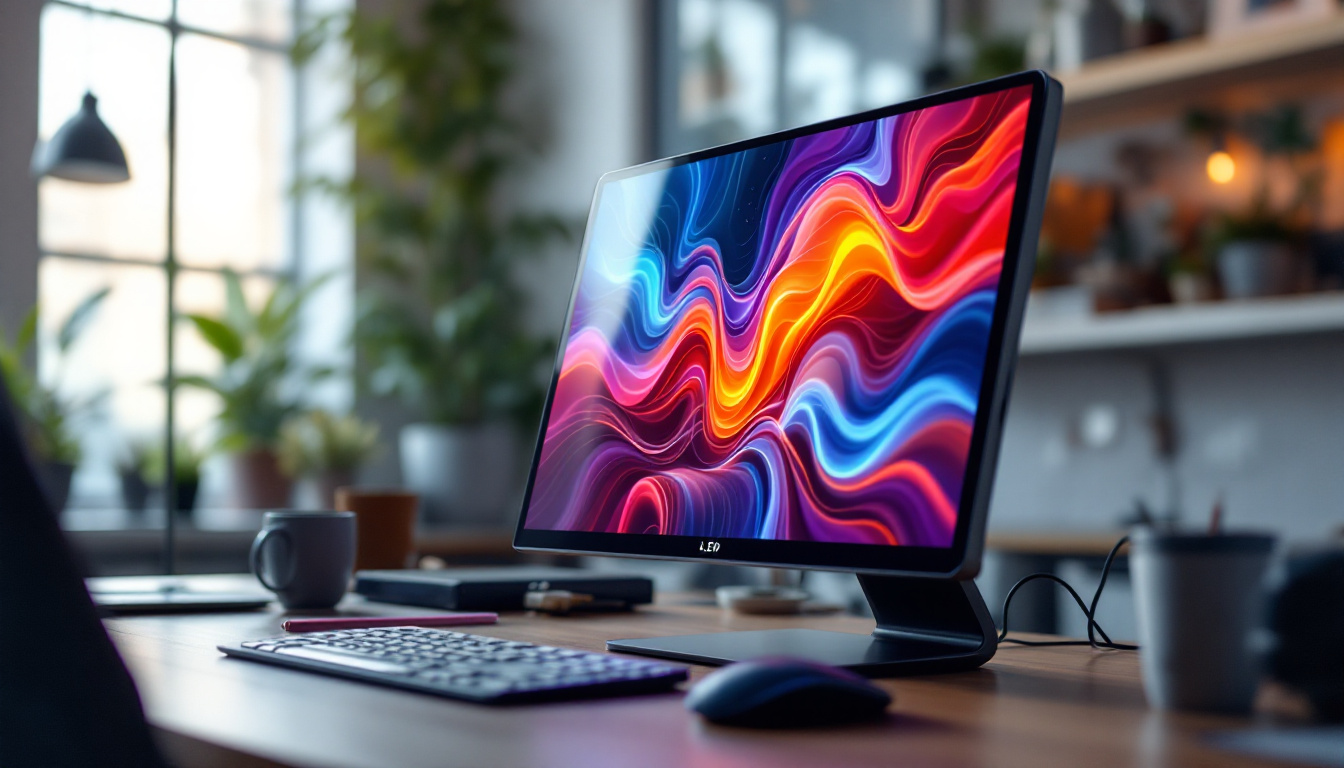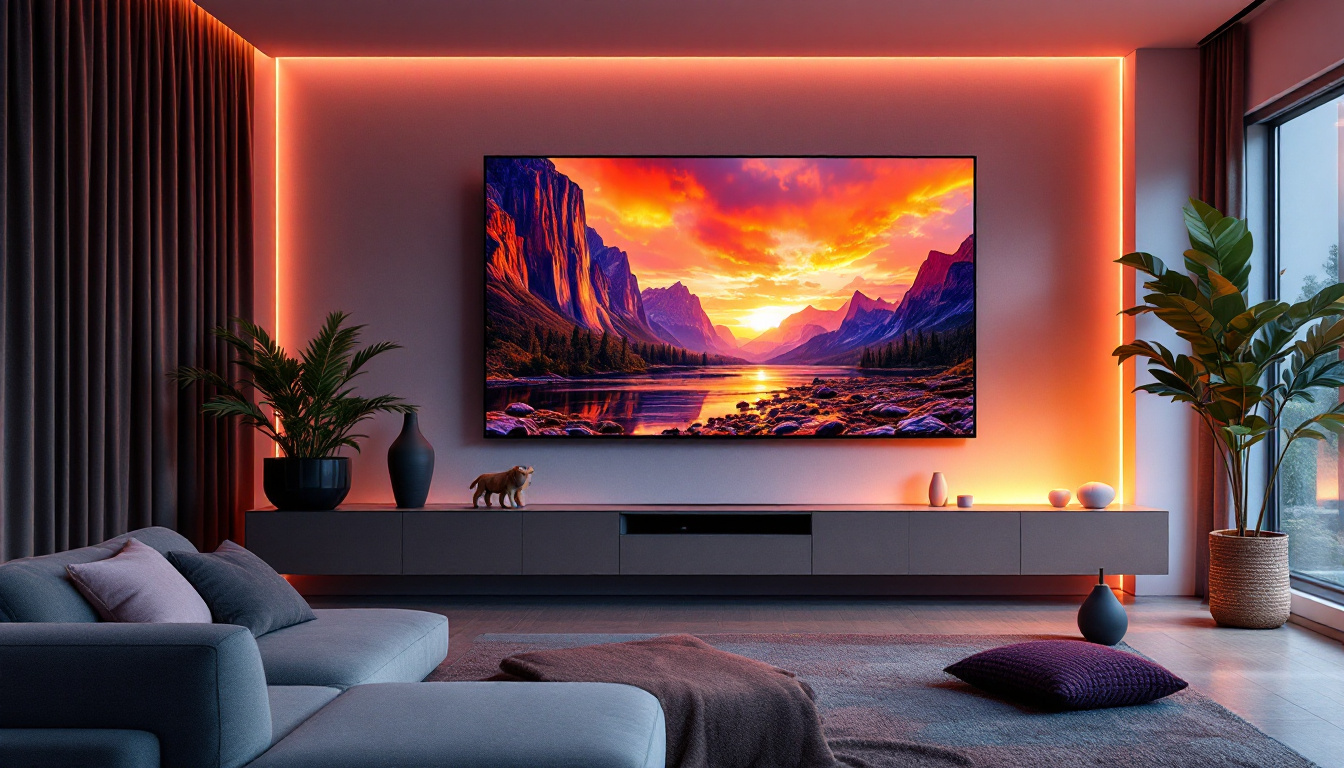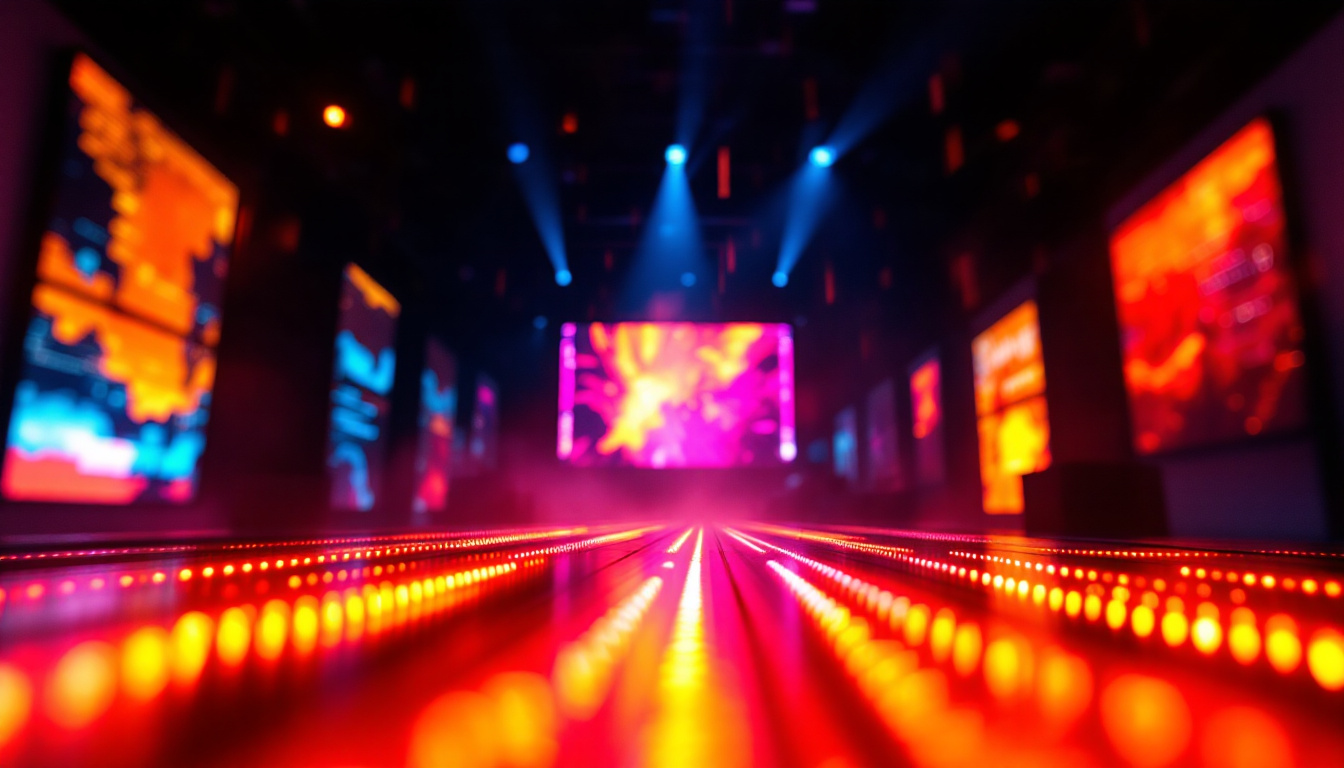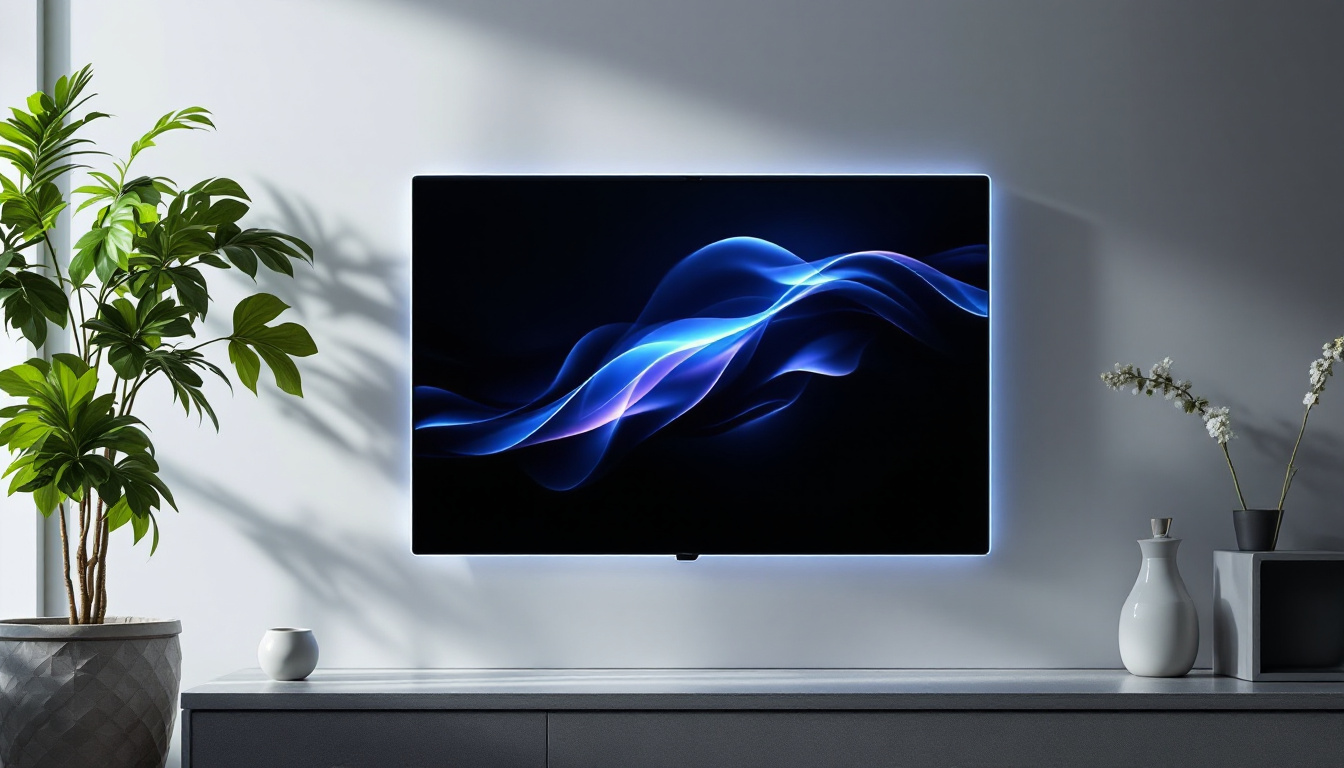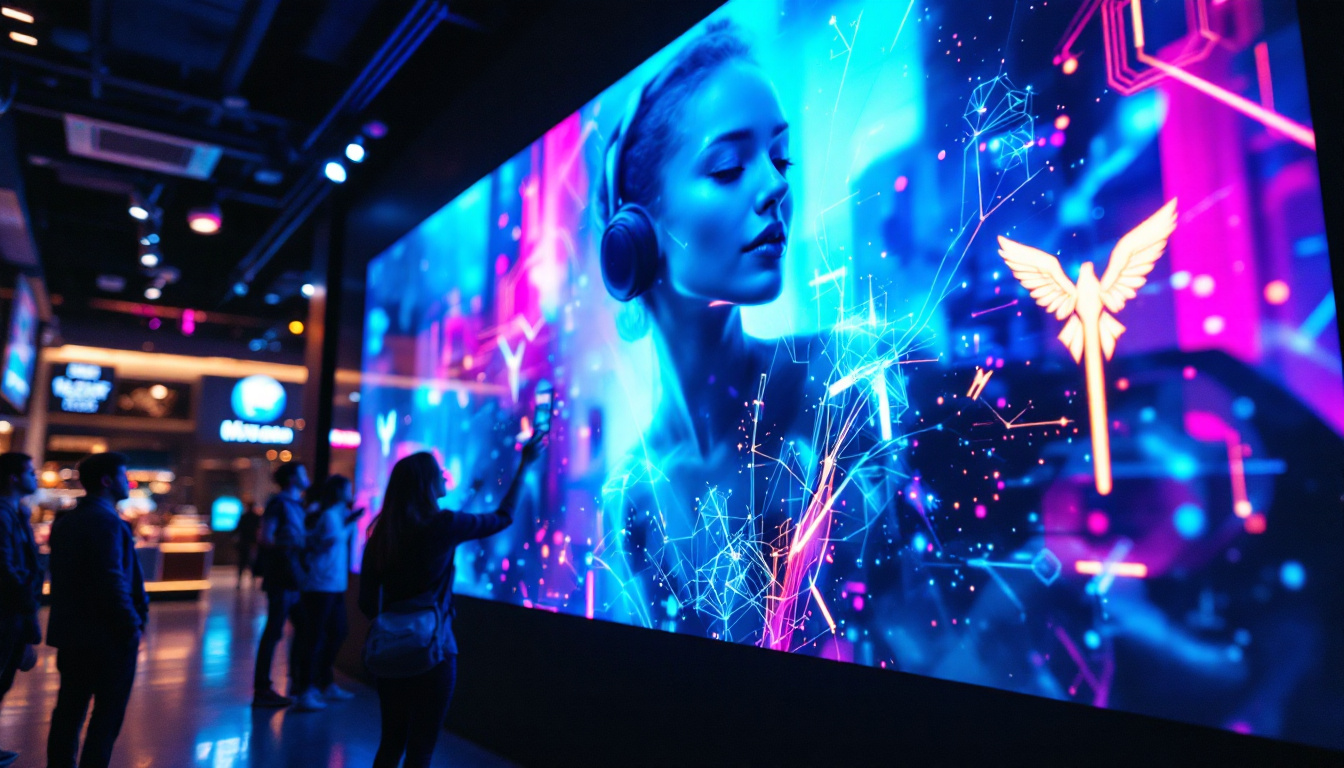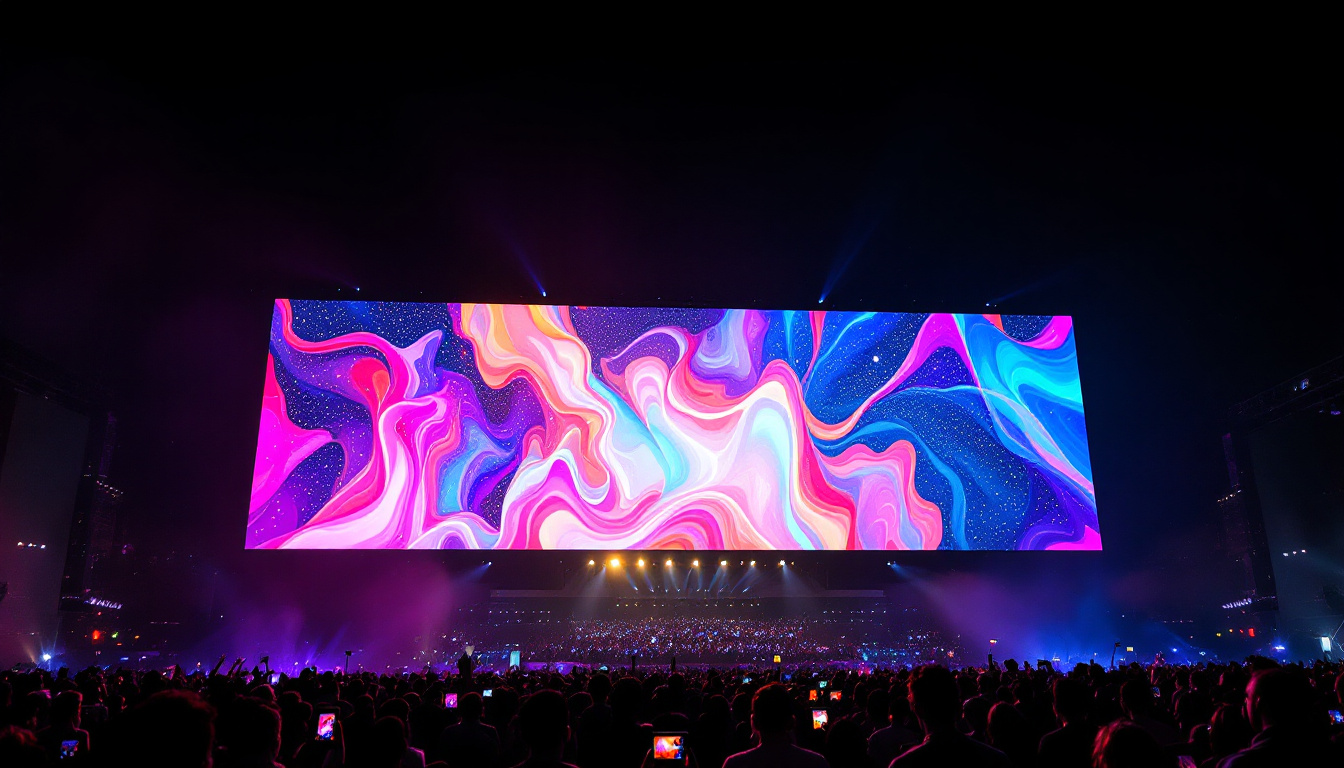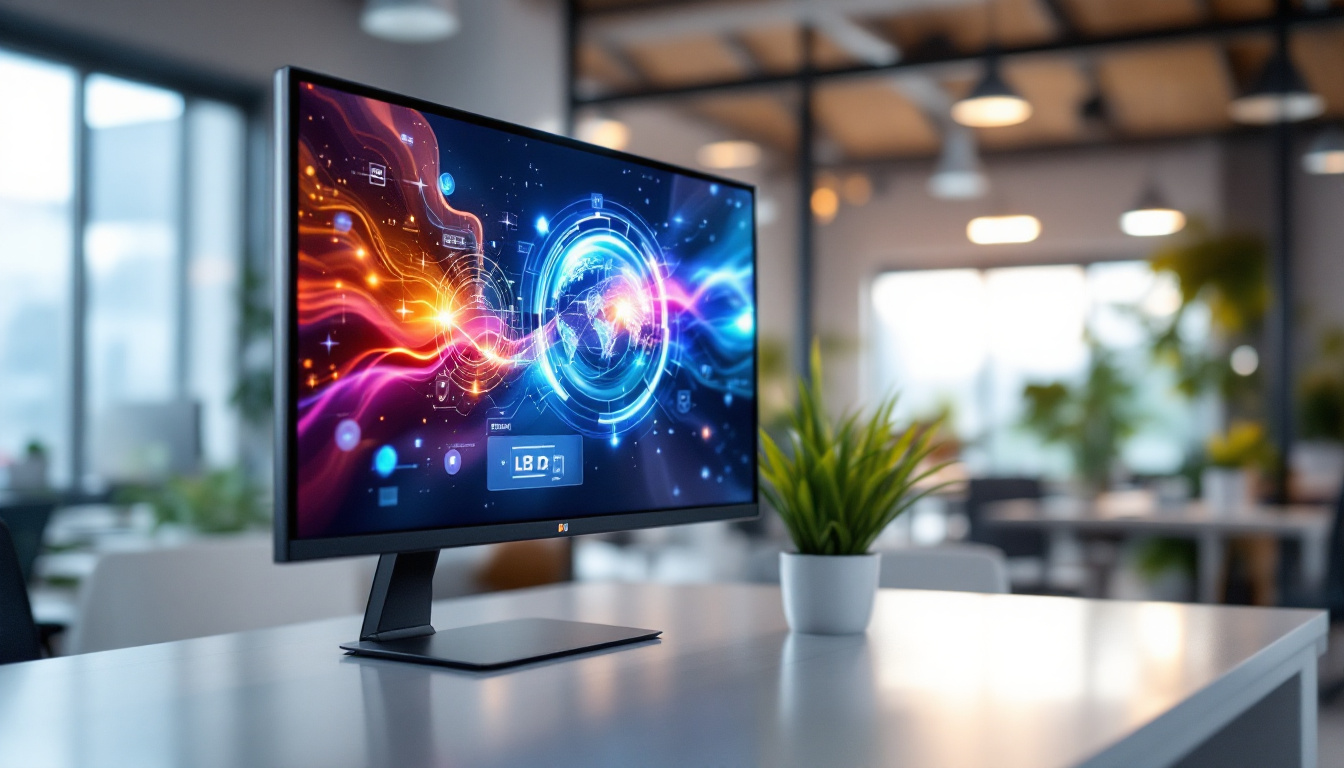In the ever-evolving world of film and media production, technology plays a pivotal role in shaping the visual experience. Among the most revolutionary advancements in recent years is the use of LED displays. These screens have transformed the way filmmakers and content creators approach storytelling, providing new avenues for creativity and innovation. This article delves into the significance of LED displays in film production, with a particular focus on the contributions of Pixal Film Studio.
The Rise of LED Technology in Film
LED (Light Emitting Diode) technology has made significant inroads into various industries, but its impact on film production is particularly noteworthy. The ability to create vibrant, dynamic visuals has made LED displays a preferred choice for filmmakers looking to enhance their productions.
Advantages of LED Displays
One of the most compelling advantages of LED displays is their ability to produce high-quality images with exceptional brightness and color accuracy. This is crucial in film production, where visual storytelling relies heavily on the emotional resonance of visuals. LED screens can achieve a brightness level that surpasses traditional projection methods, making them ideal for both indoor and outdoor settings.
Moreover, LED displays offer flexibility in terms of size and configuration. They can be assembled in various shapes and sizes, allowing filmmakers to create immersive environments that can be tailored to specific scenes. This adaptability is particularly beneficial for productions that require unique visual settings, such as futuristic landscapes or fantastical worlds. The seamless integration of LED walls into set designs can transform a studio into a sprawling alien planet or a vibrant cityscape, all while maintaining a cohesive visual narrative that captivates audiences.
Energy Efficiency and Longevity
Another significant advantage of LED technology is its energy efficiency. Compared to traditional lighting methods, LED displays consume less power while delivering superior performance. This not only reduces operational costs but also minimizes the environmental impact of film productions. Additionally, LED screens have a longer lifespan, which means they require less frequent replacements, further contributing to sustainability efforts within the industry.
In addition to their energy-saving benefits, LED technology also enhances the workflow on set. With the capability to adjust brightness and color temperature on-the-fly, directors and cinematographers can fine-tune the lighting conditions to match the mood of each scene without the need for extensive setup time. This flexibility allows for greater creativity during filming, as adjustments can be made in real-time to achieve the desired visual effects. Furthermore, the reduced heat output from LED displays means a more comfortable environment for cast and crew, allowing for longer shooting days without the discomfort associated with traditional lighting setups.
Pixal Film Studio: Pioneering LED Integration
Pixal Film Studio has emerged as a leader in the integration of LED technology within film production. By harnessing the power of LED displays, the studio has redefined the possibilities of visual storytelling, enabling filmmakers to push the boundaries of creativity.
Innovative Production Techniques
At Pixal Film Studio, innovative production techniques are at the forefront of their approach. The studio utilizes LED walls to create realistic backdrops that can be dynamically altered in real-time. This technology allows filmmakers to shoot scenes with a level of immersion that was previously unattainable. By projecting high-resolution images onto LED screens, the studio can simulate various environments, from bustling city streets to serene natural landscapes.
This method not only enhances the visual quality of the film but also streamlines the production process. Filmmakers can reduce the need for extensive location shoots, saving both time and resources. The ability to adjust backgrounds on the fly allows for greater creative freedom, enabling directors to experiment with different aesthetics without the constraints of traditional filming methods. Additionally, the LED technology significantly improves lighting consistency, which is crucial for maintaining continuity across scenes. The vibrant colors and dynamic range of the LED displays also contribute to a more engaging visual narrative, captivating audiences from the very first frame.
Collaboration with Artists and Designers
Pixal Film Studio places a strong emphasis on collaboration with artists and designers to maximize the potential of LED displays. By working closely with visual artists, the studio can create bespoke content that complements the narrative of the film. This collaboration results in a cohesive visual experience that resonates with audiences on multiple levels.
Moreover, the studio’s commitment to innovation extends to the use of cutting-edge software that allows for real-time rendering and manipulation of visuals. This technology empowers artists to create stunning graphics that can be seamlessly integrated into the film, enhancing the overall storytelling experience. The collaborative environment at Pixal encourages a cross-disciplinary approach, where filmmakers, animators, and sound designers work hand-in-hand to craft immersive worlds. This synergy not only enriches the visual elements but also ensures that the soundscapes are perfectly synchronized with the dynamic visuals, creating a holistic sensory experience that draws viewers deeper into the narrative. The studio’s dedication to pushing technological boundaries is evident in their ongoing partnerships with tech innovators, ensuring they remain at the forefront of the evolving landscape of film production.
The Impact of LED Displays on Filmmaking
The integration of LED displays in filmmaking has had a profound impact on the industry. From independent films to blockbuster productions, the versatility and effectiveness of LED technology have made it a staple in modern filmmaking.
Enhanced Visual Storytelling
One of the most significant impacts of LED displays is the enhancement of visual storytelling. Filmmakers can now create immersive worlds that captivate audiences, drawing them deeper into the narrative. The ability to manipulate lighting and backgrounds in real-time allows for a more dynamic storytelling approach, where visuals can evolve alongside the plot.
Additionally, LED displays facilitate the creation of complex visual effects that were once labor-intensive and time-consuming. This efficiency not only saves time during production but also allows for more creative experimentation. Filmmakers can explore new ideas and concepts without the constraints of traditional filming methods.
Expanding Accessibility
LED technology has also expanded accessibility within the film industry. As the costs of LED displays continue to decrease, more filmmakers, including those working on independent projects, can access this technology. This democratization of advanced visual tools encourages diverse storytelling and enables a wider range of voices to be heard in the cinematic landscape.
Furthermore, the ability to create high-quality visuals without extensive location shoots opens up opportunities for filmmakers in various regions, regardless of their budget. This shift has the potential to enrich the film industry by fostering creativity and innovation across different cultures and communities.
Challenges and Considerations
While the advantages of LED displays are numerous, there are also challenges and considerations that filmmakers must navigate. Understanding these factors is crucial for maximizing the potential of this technology.
Technical Limitations
Despite their many benefits, LED displays do have technical limitations that filmmakers must be aware of. For instance, the resolution of the LED screen can impact the overall visual quality, particularly in large-scale productions. Filmmakers need to ensure that the resolution is sufficient to meet the demands of their project, as lower-resolution screens may detract from the visual experience.
Additionally, the placement and calibration of LED displays are critical for achieving optimal results. Proper lighting and camera angles must be considered to avoid issues such as color distortion or reflections. Filmmakers should work closely with technical experts to ensure that the LED setup aligns with their creative vision.
Budget Considerations
While the costs of LED technology have decreased, it can still represent a significant investment for filmmakers, particularly those working with limited budgets. It is essential for production teams to carefully assess their financial resources and determine whether the benefits of using LED displays outweigh the costs.
Filmmakers should explore various rental options or partnerships with studios like Pixal Film Studio, which may offer access to state-of-the-art LED technology without the full financial burden of purchasing equipment outright. This collaborative approach can help mitigate costs while still allowing filmmakers to leverage the advantages of LED displays.
The Future of LED Displays in Film
The future of LED displays in film production looks promising, with ongoing advancements in technology and creative applications. As filmmakers continue to explore the possibilities of this medium, several trends are emerging that may shape the landscape of the industry.
Integration with Virtual Reality and Augmented Reality
One of the most exciting developments in the realm of LED displays is their integration with virtual reality (VR) and augmented reality (AR) technologies. As these technologies become more mainstream, filmmakers can leverage LED displays to create immersive experiences that blend the physical and digital worlds.
For instance, using LED screens to project virtual environments can enhance VR experiences, allowing viewers to feel as though they are part of the narrative. This fusion of technologies opens up new avenues for storytelling, enabling filmmakers to craft experiences that engage audiences in unprecedented ways.
Continued Innovation and Customization
As the demand for high-quality visuals continues to rise, so too does the potential for innovation in LED technology. Future developments may include advancements in resolution, color accuracy, and flexibility, allowing for even more creative possibilities in film production.
Customization options will likely expand, enabling filmmakers to tailor LED displays to their specific needs. This could include the ability to create unique shapes or sizes that better fit the artistic vision of a project, further enhancing the overall visual experience.
Conclusion
LED displays have undeniably transformed the landscape of film production, offering filmmakers new tools to tell their stories with greater impact and creativity. Pixal Film Studio stands at the forefront of this revolution, pioneering innovative techniques that harness the power of LED technology.
As the industry continues to evolve, the integration of LED displays will likely play a crucial role in shaping the future of filmmaking. By embracing this technology, filmmakers can create immersive experiences that captivate audiences and push the boundaries of visual storytelling. The journey of LED displays in film is just beginning, and the possibilities are limitless.
Discover the Future of Visual Storytelling with LumenMatrix
Ready to elevate your film production or enhance your brand’s visibility with cutting-edge LED display technology? Look no further than LumenMatrix, a leader in innovative LED solutions. From Indoor and Outdoor LED Wall Displays to specialized options like Vehicle, Sports, and Floor LED Displays, LumenMatrix offers a wide array of modules to create truly captivating visual experiences. Embrace the revolution in visual communication and check out LumenMatrix LED Display Solutions today to share your message with unparalleled impact and clarity.

